Trademarks should be on the must-haves list for creatives, start-ups, and franchises that are providing services or selling products. Many small businesses and creatives make the mistake of developing a brand without properly conducting market and trademark research. Trademarks provide the benefits of exclusive rights, brand value, legal resource, legal security, brand consistency, and market confidence. The costs of not obtaining a trademark are brand erosion, rebranding expenses, legal disputes, and lost customers due to possible brand confusion. Determining the availability of a word and/or design mark as well as submitting a trademark application for the mark should be the first step in launching your brand and business.


What is a Trademark: Word Mark vs. Design Mark
At its core, a trademark is more than just a symbol or phrase – it’s a powerful identifier that distinguishes your goods or services from competitors. Trademarks encompass not only words and logos but also symbols, taglines, and even distinct sounds. Imagine them as the visual and auditory ambassadors of your brand, conveying its essence and your reputation to consumers. Trademarks are marks successfully registered with the United States Trademark and Patent Office (“USTPO”) which provides federal legal protections.
There are two main types of trademarks: word marks and design marks.
- Word Marks: protects only the words or letters of names, taglines, phrases, and slogans.
- Design Marks: protects marks that consists of any visual design such as logos, graphical elements, and words or letters in particular fonts.
The Difference Between ™ and ®
™ can be used be used when a trademark is under the process of being registered. ™ is often used to notify the public that the word mark and/or design mark has a trademark application pending with the USTPO. However, it is important to note that ™ does not have any legal significance because the trademark is unregistered. ® provides legal brand protection and means that the trademark is properly registered with the USTPO. Therefore, ® can only be used after the trademark registration process is complete.


Benefits of Trademark Registration
Trademark registration goes beyond legal protection. In addition to providing your business with the foundation to challenge those who infringe on your brand as well as the entitlement to take legal action against them for their unauthorized usage of your trademark – it also adds intangible value to your business. A registered trademark bolsters brand recognition, fosters customer loyalty, and solidifies your position in the market.
Trade names and trademarks are not the same. A trade name, also known as a fictitious name, is a filing with a particular state’s Secretary of State that notifies them that you are doing business in that state under a particular name. However, trade names do not give your business the exclusive right to use that name. In fact, without a registered trademark, your business can still be infringing on another business’ federally registered trademark and your business may have no entitlement to protect itself from other businesses infringing on your name and brand.
For a deeper dive into trademarks, its protections, and common myths, read our blog:
Burgos Law Firm offers a complete trademark analysis and risk assessment on whether your business’ words, logos, symbol, slogans, and taglines may be successfully registered with the USPTO which vital to securing your brand in the market and is highly recommended before starting the trademark application process.




